Natural Disasters
The ONLY Hurricane Survival Guide You Need
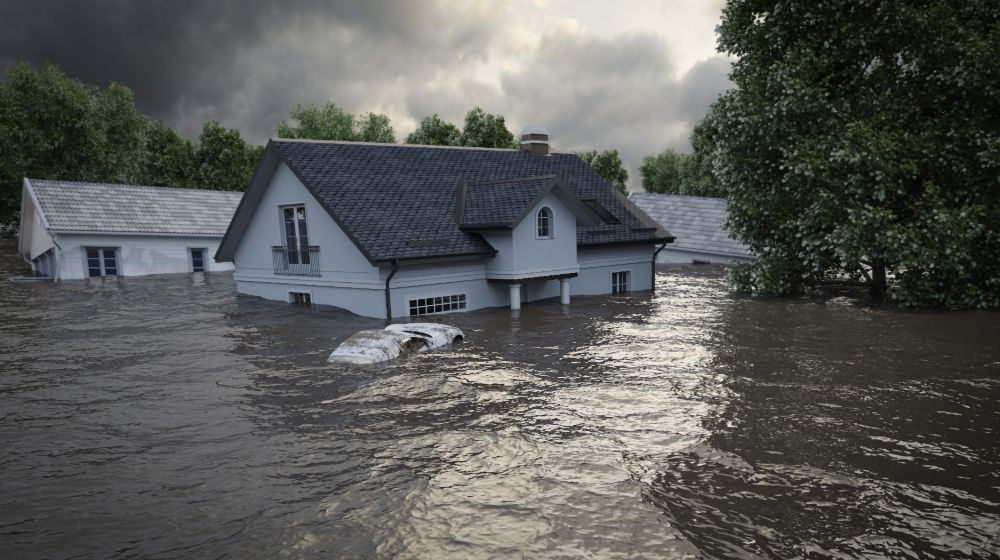
Hurricanes can come out of nowhere, bringing with it intense rains, strong winds, flash floods, and just plain havoc. Make sure you're fully equipped with all the knowledge you need for this disaster with our hurricane survival guide.
RELATED: Survival Emergency Car Kit | The DIY Kit That Could Save Your Life
Hurricane Survival Guide | All the Things You Need to Do to Survive a Hurricane
Click here to jump to the infographic.
1. Prepare a Hurricane Survival Kit
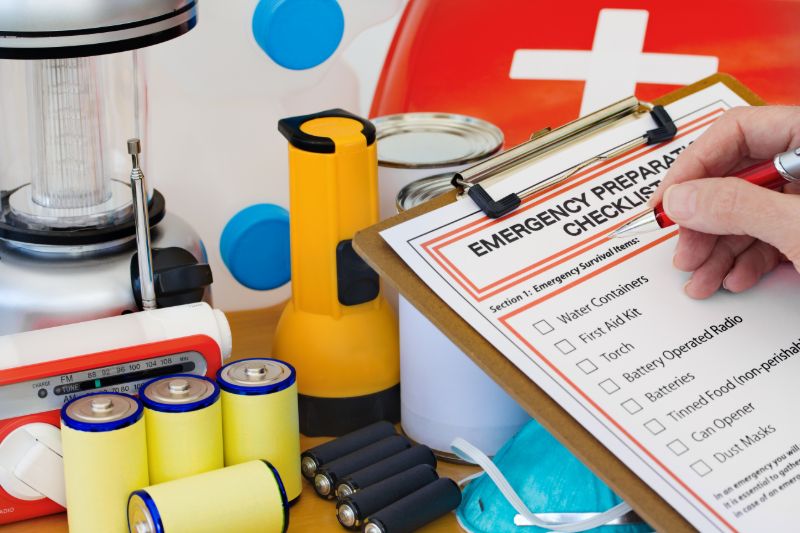
As with any disaster, preparation is key. Preparing a survival kit designed specifically to provide your needs in case of a hurricane should be the first item on your list. This will add peace of mind for you, regardless of whether a hurricane is arriving soon or not.
Make a list of things you and your family might need should you be left alone with no assistance for a couple of days. Some of the items your hurricane survival kit should have include:
- Water or a water filtration system
- First aid kit
- Emergency food supply
- Waterproof flashlights and batteries
- Wood, fuel, and matches
- Flotation device
- Radio
- Walkie-talkie
- Solar power bank
Make sure you have enough supplies for your entire family that will last for at least three days. If you can assemble an emergency kit that will last longer, do it.
The sooner you can prepare this kit, the better. You don't want to be rushing to groceries with all the other people who are only preparing for the hurricane when it's almost at your door.
2. Know How Strong the Incoming Hurricane Is

The next item on our hurricane survival guide is to understand what exactly it is that you are up against.
These natural disasters come in all sizes and strengths. Fortunately, the National Oceanic and Atmospheric Administration has a Saffir-Simpson Hurricane Wind Scale. This is a great way to determine how strong the incoming hurricane is, as well as the possible damages that may occur due to it.
If you hear on the news that the incoming hurricane is a Category 4, for example, then you know that the damage caused by this will most likely be severe. The strong winds and torrential rains may uproot trees, cause power outages that may last for months, and deal major damage to even the most well-built homes.
Take note that the Saffir-Simpson Hurricane Wind Scale doesn't account for other deadly hazards such as tornadoes, storm surges, and flooding caused by intense rainfall.
3. Protect Your Home
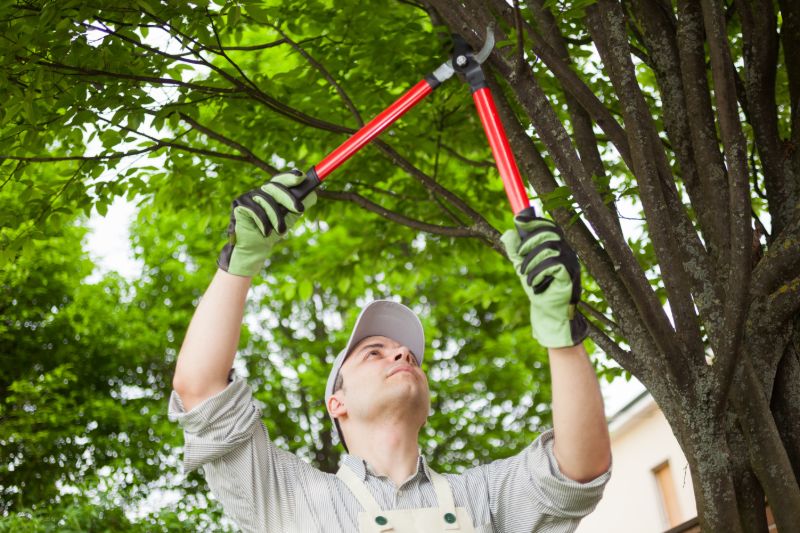
Once you're done preparing for your family, your next priority should be your home. Give your home its best chance of survival against those torrential downpours and strong winds by doing the following:
- Install storm shutters. Make sure to secure these long before the storm hits.
- Install roof clips to ensure that your roof remains fastened securely to its frame structure. There are several types of roof clips, so make sure to choose one that best suits your needs.
- Regularly prune trees and bushes to lessen the risk of falling branches and other airborne debris.
- Clear out your house's downspouts and rain gutters to prevent flooding.
During the storm, stay inside your house or shelter and keep away from skylights, glass doors, and windows. Do not go outside until you hear on the news that the storm has definitely passed the area. Remember, the eye of storm could also create a deceptive lull, but high winds may still be approaching.
When winds start assaulting your house, it is best to take refuge in a small room or closet. If you have an emergency shelter built for natural disasters like these, then be prepared to use them as necessary.
While it's important to secure your house and prepare it for natural disasters like hurricanes, sometimes, damages are inevitable. If authorities advise you to evacuate, follow their instructions. Just remember to turn off your home's electricity and shut off your main water valve before doing so.
RELATED: How To Build An Emergency Preparedness Kit For The Whole Family
4. Stay Updated

When it comes to disaster preparedness, knowledge is power. As such, it is of utmost importance that you remain on top of what's happening as the storm wreaks havoc around you. Beware of changing conditions so you're prepared for the effects of the hurricane before it hits you.
There are many channels for you to get the information you need. These include:
- Television: Local news reports, as well as emergency stations, are your go-to for getting real-time hurricane development updates.
- Radio: If power is out, an emergency crank radio will come in handy. Most areas will broadcast all the information you need especially during times of disaster. In case of a power outage, your radio is your best friend for getting updates.
- Social media: Regional emergency Twitter accounts typically provide up-to-the-last-second updates in times of crisis. This is handy, low-bandwidth, mobile solution for those who have no access to both a television and a radio.
5. Prepare for an Evacuation
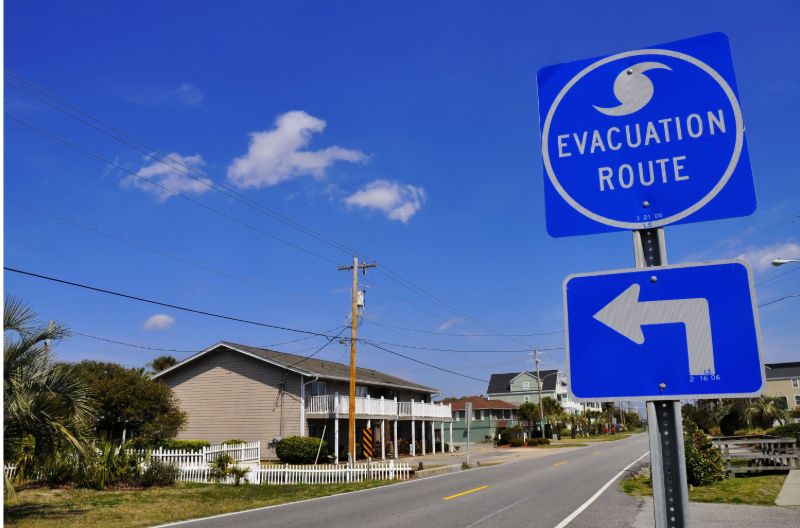
If authorities advise you to leave the area, then you should be prepared to leave the area at a moment's notice. Keep the following tips in mind so you're always prepared for an evacuation:
- Know your route: Check out evacuation routes ahead of time. Take note of possible choke points and flood-prone roads so you know to avoid them should the time come.
- Gas up: Maintain a full tank in your car long before the hurricane. Head to your nearest gas station and maybe bring an extra can or two for backup.
- Look for accommodations: Plan ahead for places where you can stay if a hurricane hits. There are typically hurricane shelters available nearby that are provided by the government in disasters like these.
If you were evacuated, remember to return home only when authorities advise that it is already safe to do so. There are tons of hazards to avoid in the aftermath of a storm such as gas leaks, floods, sharp and broken objects, downed power lines, and many more.
Here’s an infographic guide. Don’t forget to download, save, or share this handy infographic for reference:
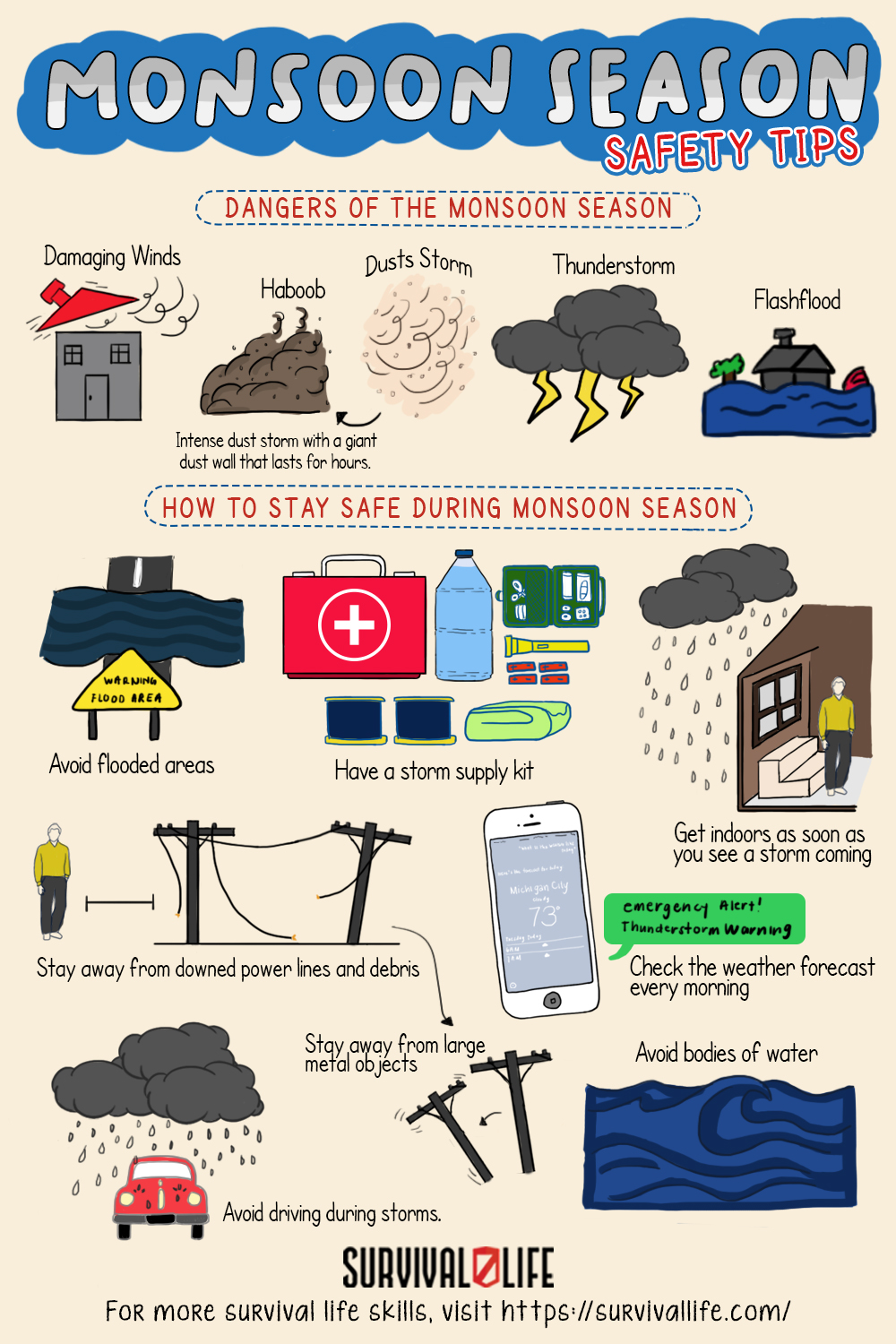
Done preparing with the things to do in this hurricane survival guide? Check out this video courtesy of Survival Know How for the 11 items FEMA wants you to have in your home:
Hurricanes can wreak major havoc in areas it goes through. Make sure you are not left blindsided by its possible effects by following our hurricane survival guide above.
[poll id=”86″]
Have some suggestions for our hurricane survival guide? Share them with us in the comments section below!
Up Next:
- Emergency Preparedness For Blackout Threats
- Survival Tips – The Best Emergency Food Kit
- 7 Common Mistakes To Avoid When Building An Emergency Shelter
Calling all preppers, craftsmen, bushmasters, outdoorsmen, and all-around skilled people, Survival Life needs YOU! Click here if you want to write for us.
Don’t forget to stay connected with us on Facebook, Twitter, Pinterest, and Instagram!
-

 Paracord Projects1 year ago
Paracord Projects1 year agoParacord Projects | 36 Cool Paracord Ideas For Your Paracord Survival Projects
-

 Paracord Projects1 year ago
Paracord Projects1 year agoHow To Make Paracord Survival Bracelets | DIY Survival Prepping
-

 Medical Care1 year ago
Medical Care1 year ago21 Home Remedies For Toothache Pain Relief
-

 Knife Laws1 year ago
Knife Laws1 year agoAre Switchblades Legal? Knife Laws By State
-

 Do It Yourself1 year ago
Do It Yourself1 year agoSurvival DIY: How To Melt Aluminum Cans For Casting







You must be logged in to post a comment Login